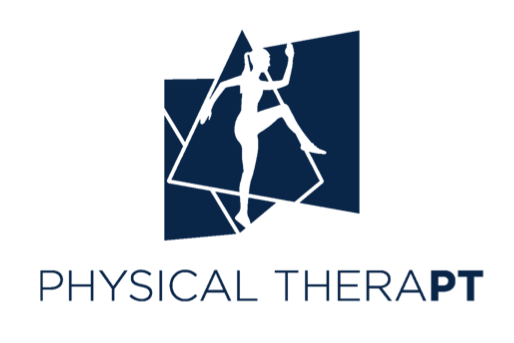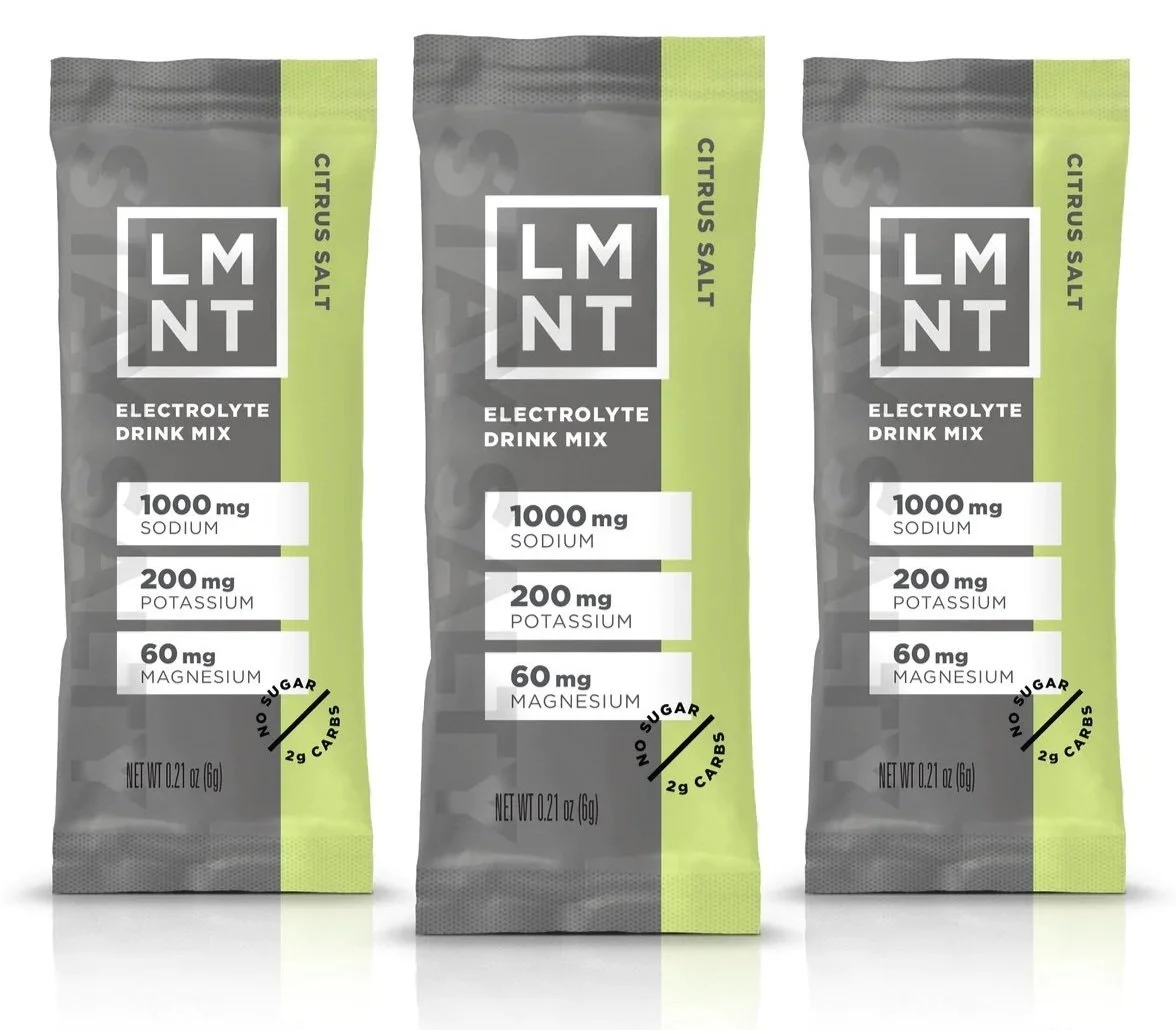EVERYDAY GUIDELINES FOR ATHLETIC NUTRITION
BREAK IT DOWN
A well-balanced diet should provide appropriate macro- and micro-nutrients on it’s own. But amid all the diet-culture propaganda, it’s understandable to feel overwhelmed. Let’s bring it back to basics: Macro-nutrients include carbohydrates, proteins and fats, while micro-nutrients include key vitamins and minerals like calcium, iron, zinc and B vitamins. Below, learn more about why each macro-nutrient should be respected and devoured!
4 cal/g
1 cup pasta = 35g
1 cup brown rice = 45g
1 cup broccoli = 6g
1 cup yams = 35g
1 cup blueberries = 21g
1 banana = 27g
8 oz greek yogurt = 9g
9 cal/g
Aim to include:
Olive oil
Nuts + seeds
Nut butters
Avocados + avocado oil
Fish + fish oil
Coconuts + coconut oil
4 cal/g
1 cup lentils = 18g
1/2 cup chickpeas = 7g
24 almonds = 6g
1/2 cup quinoa = 12g
3 oz chicken = 31g
2 large eggs = 12g
8 oz greek yogurt = 23g
There are three types of carbohydrates: starch, sugar and fiber. Together, they include everything from peas and lentils, to berries, to grains, to the natural lactose sugars found in milk. (Yes, carbs are found in added sugar and bread, too.) Including a variety of healthy carbohydrates, with plenty of dietary fiber, is critical to glycogen production. In order to maintain normal bodily functions, we need a minimum of 130g of carbohydrates per day. Aim to consume 40-55% of your daily calories from this category.
Proteins can be found from both plant and animal sources. Where you choose to get your protein isn’t as important as the quality and makeup of that protein. Protein is made up of amino acids, with different protein sources including all or some amino acids. Animal proteins are referred to as complete proteins because they offer all 20 amino acids. If you prefer plant sources, or incomplete proteins, explore what combinations of foods you’ll need to consistently consume all 20 amino acids. Protein helps to build muscle tissue and burn calories, while providing several micronutrients needed to maintain normal body function like digestion, immune function and hormonal function. Aim to consume 30-40% of your daily calories from this category.
Fats are our friends! Just like with carbohydrates, there is a range of foods that fall into this category. Some are good for you, and some are less good. When evaluating between options, choose real foods first. Limiting processed foods is key to navigating today’s plethora of options. Fat helps to improve the flavor of foods, while boosting our satiety, or how full we feel. Healthy fats can also reduce inflammation, help protect our organs, and support normal hormone function. Aim to consume 20% of your daily calories from this category.
EAT TO MEET YOUR ENERGY DEMANDS
Failure to consume enough calories while regularly training places your body in something called glycogen depletion. Glycogen is a fuel source stored in muscle and liver tissue. During exercise, it is broken down to produce glucose, an essential molecule for muscle contraction. The more intense the exercise, the more glycogen is used.
The liver and muscles can only hold so much in reserve; on average, the body holds 10g of glycogen per kilogram of muscle tissue, and the liver maintains 40 to 45g. Not only is glucose essential for muscle function, it also is a primary fuel source for the brain. If the body is unable maintain normal blood glucose levels, (like during sustained periods of exercise) it will prioritize brain function. Your workout takes a backseat. To replenish glycogen stores, our bodies need carbohydrates and time. Understanding your resting metabolic rate, as well as how to estimate your energy output during exercise allows you to make smart fueling decisions.
HYDRATE
The National Academies of Sciences, Engineering, and Medicine recommend 15.5 cups of fluid per day for men, and 11.5 cups of fluid per day for women. These recommendations are for the average, sedentary individual, and serve as a good baseline. That total volume also includes fluids other than water, and the fluid in foods, so that rule of “eight eight-ounce cups of water a day” still holds. The more you sweat, the more fluid you need to replace. Because sweat isn’t just water, many athletes choose to rehydrate with specially designed drinks.
Pre-Workout Guidelines
For most athletes, having a meal within 2-4 hours pre-workout is ideal. Going for longer periods can leave you feeling unprepared and fatigued. Within an hour of working out, the advice diverges for men and women. Men may benefit more from have 30-40g of carbohydrates 30 minutes before working out. Women may do better consuming 10-15g of protein with a smaller portion of carbohydrates 30 minutes before a training session. Everyone is different- test out a few options, and gauge how your digestive system and overall energy levels respond. For both genders, avoid pre-workout snacks that are high in fat or fructose-based.
Post-workout Guidelines
Refueling post-workout is important across the board. Timing and food choices differ again between men and women. Both are encouraged to replenish with protein, with men consuming 30-40g and women between 25-30g. For men, the window to refuel is 1-2 hours, while women should prioritize theirs within 30 minutes. Both have a longer period to get in carbohydrates, closer to 2 hours. There is some evidence suggesting it is more critical for females to replenish carbohydrates than for their male counterparts. Both will see sustained elevated insulin levels and lower rates of protein breakdown, resulting in improved muscle development.
Shop our favorites
Save on your first purchase by clicking on the images. Applies to all flavors and products available.









